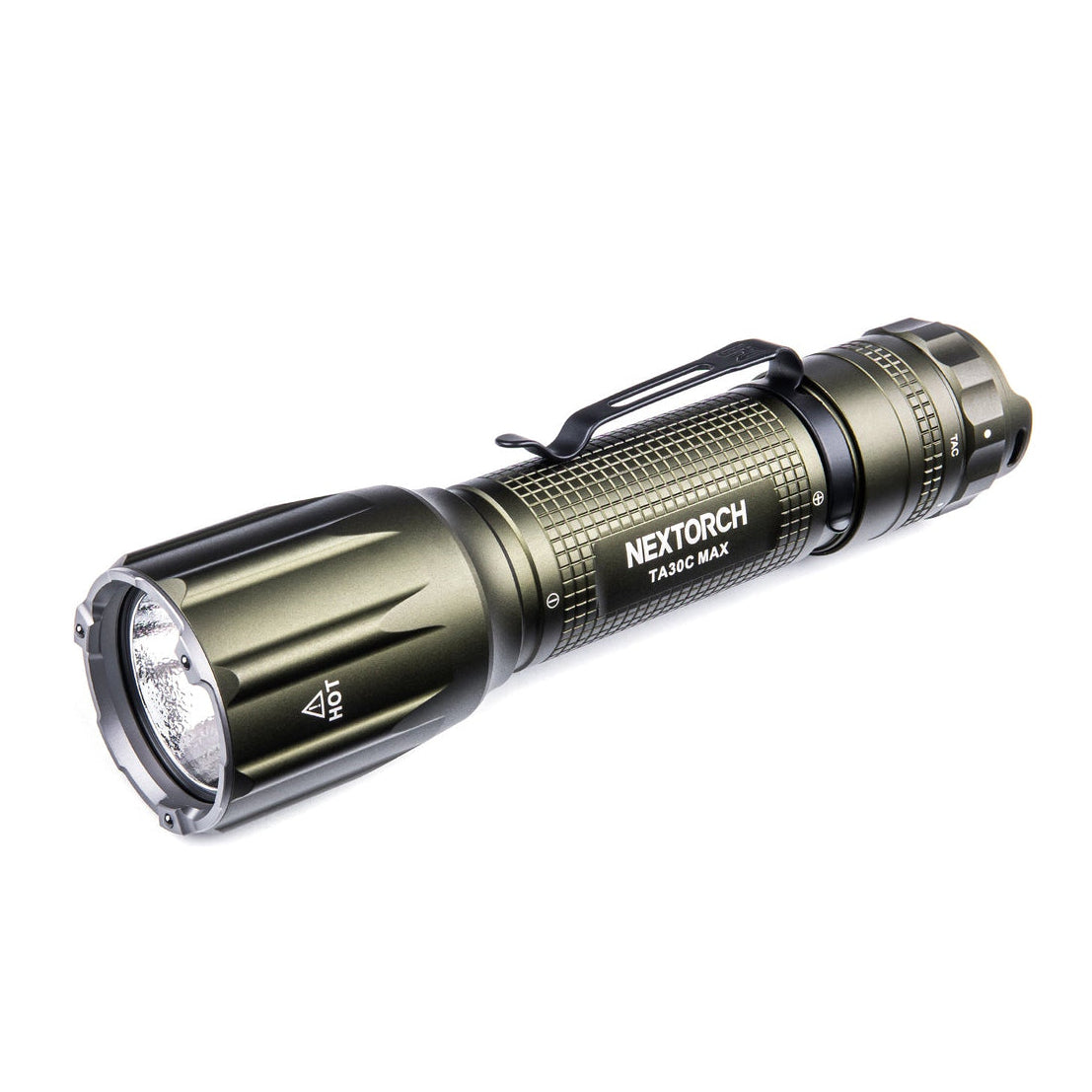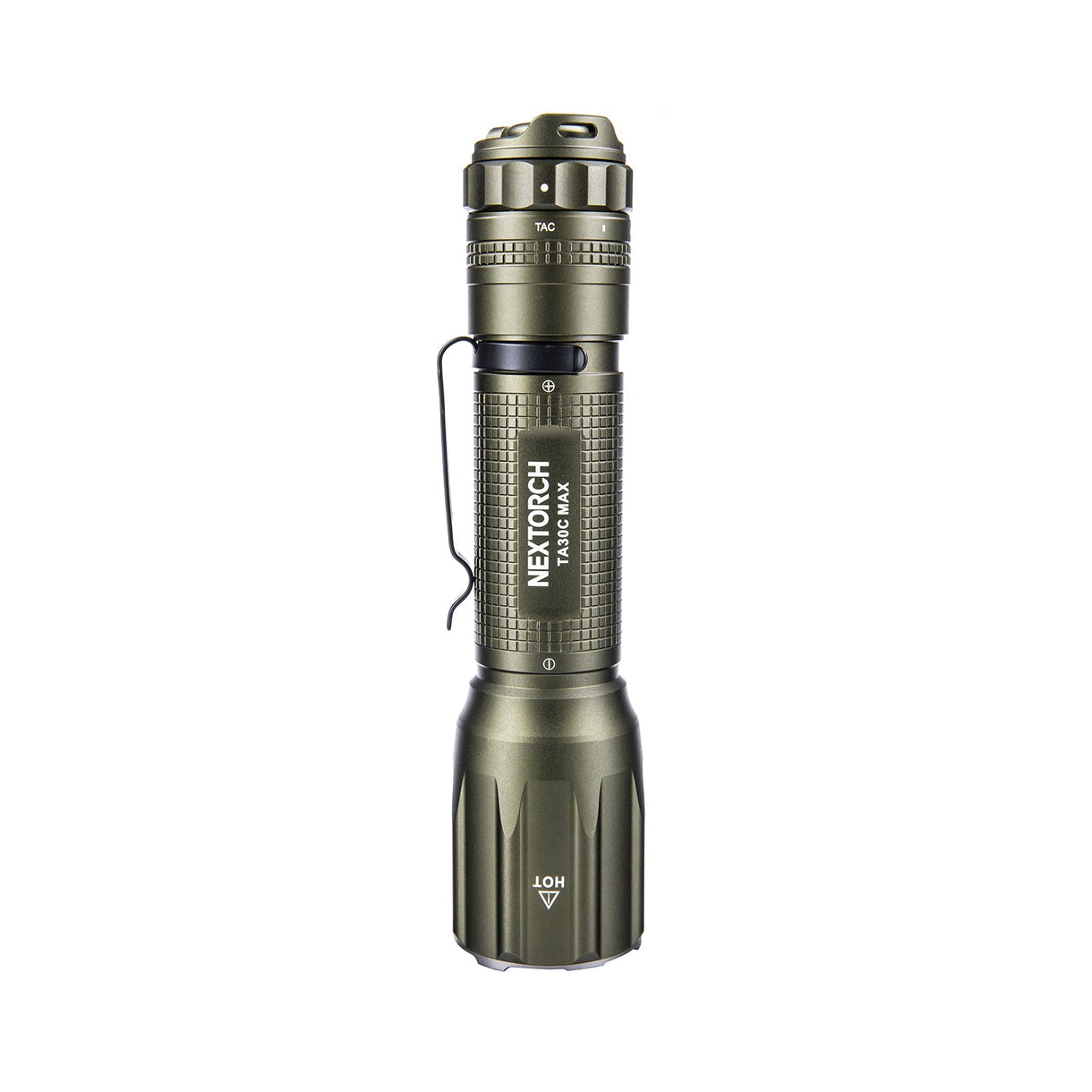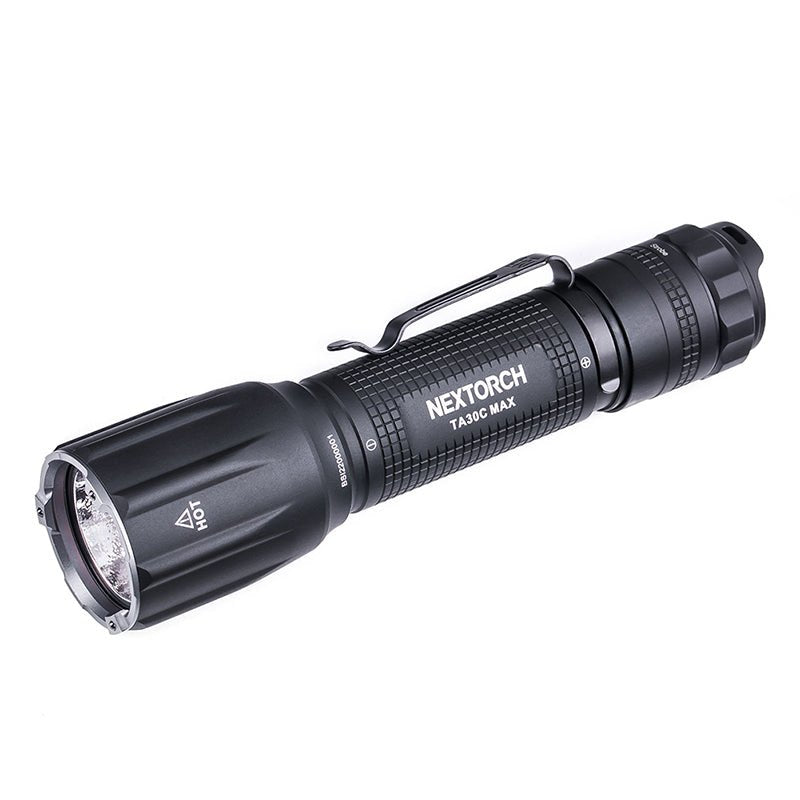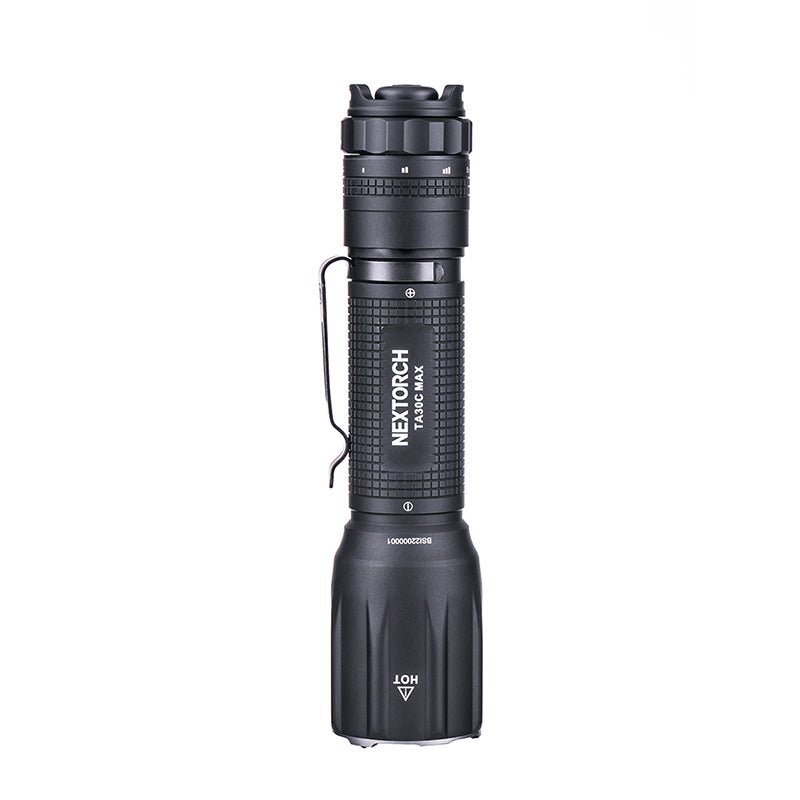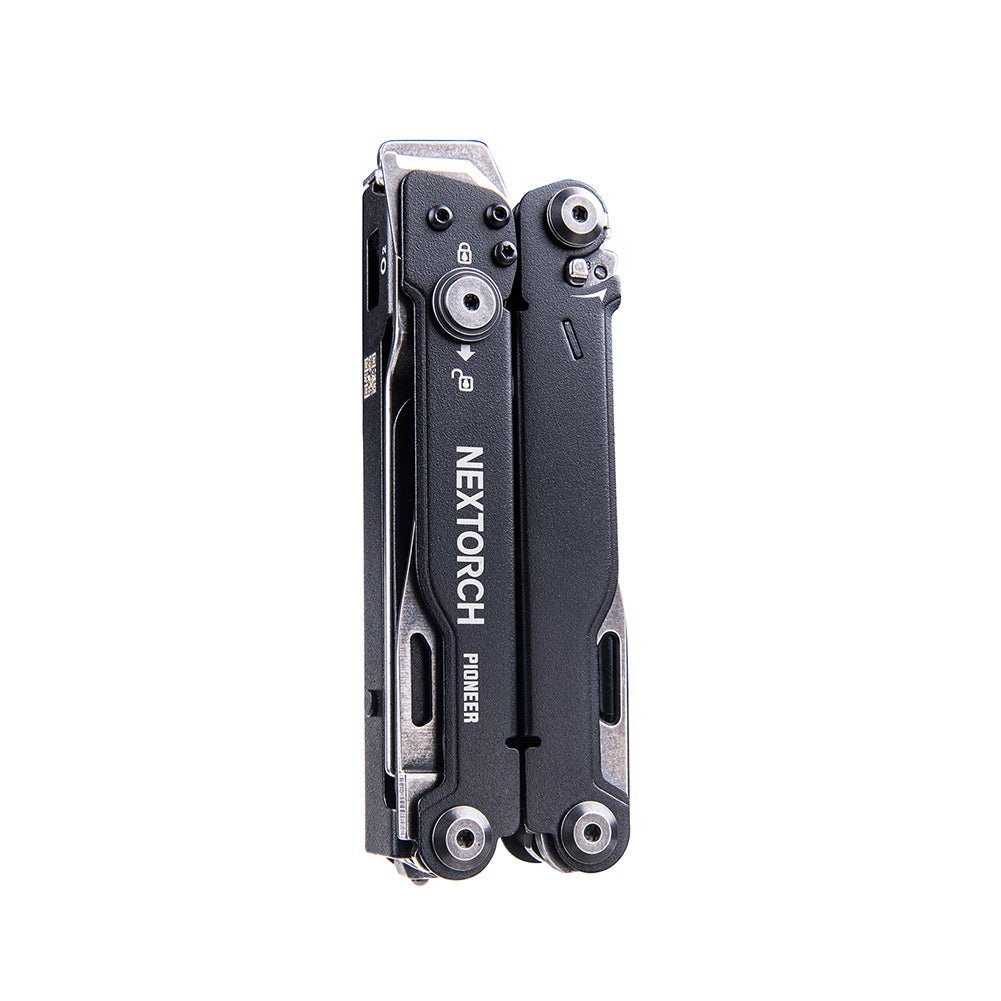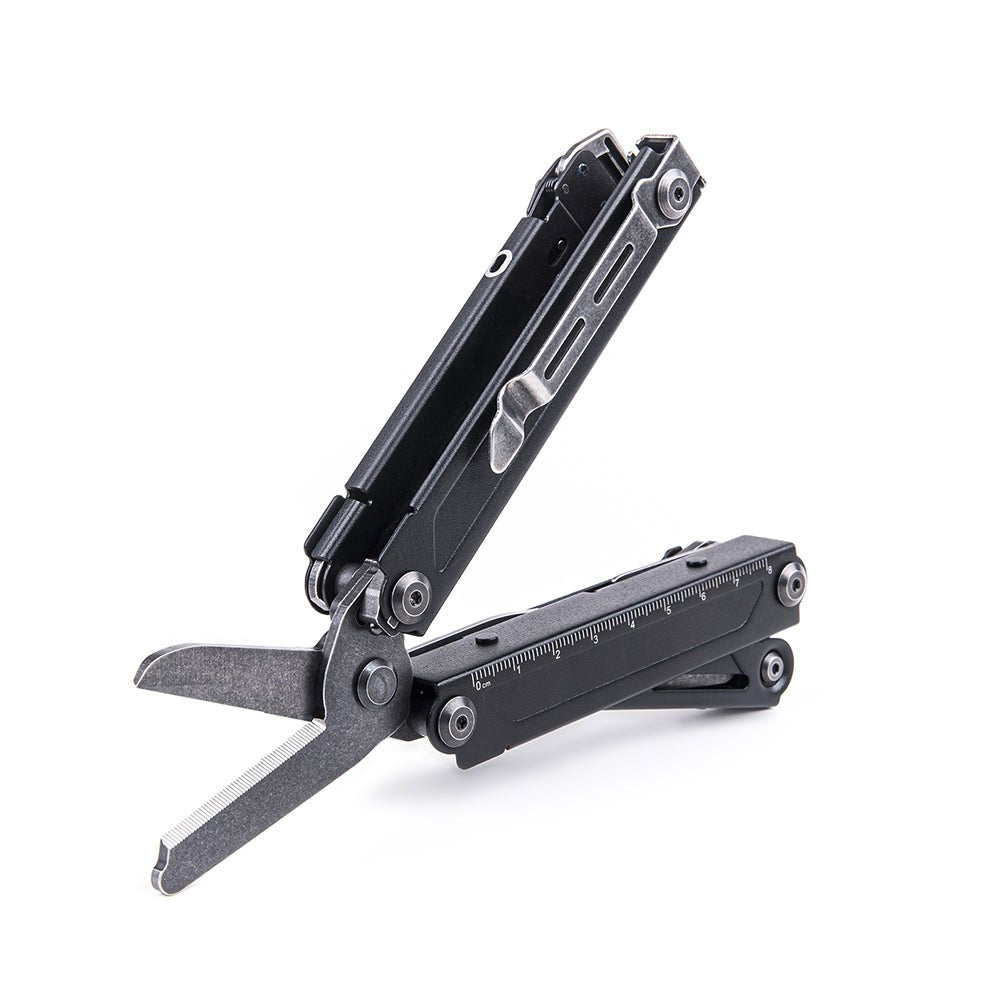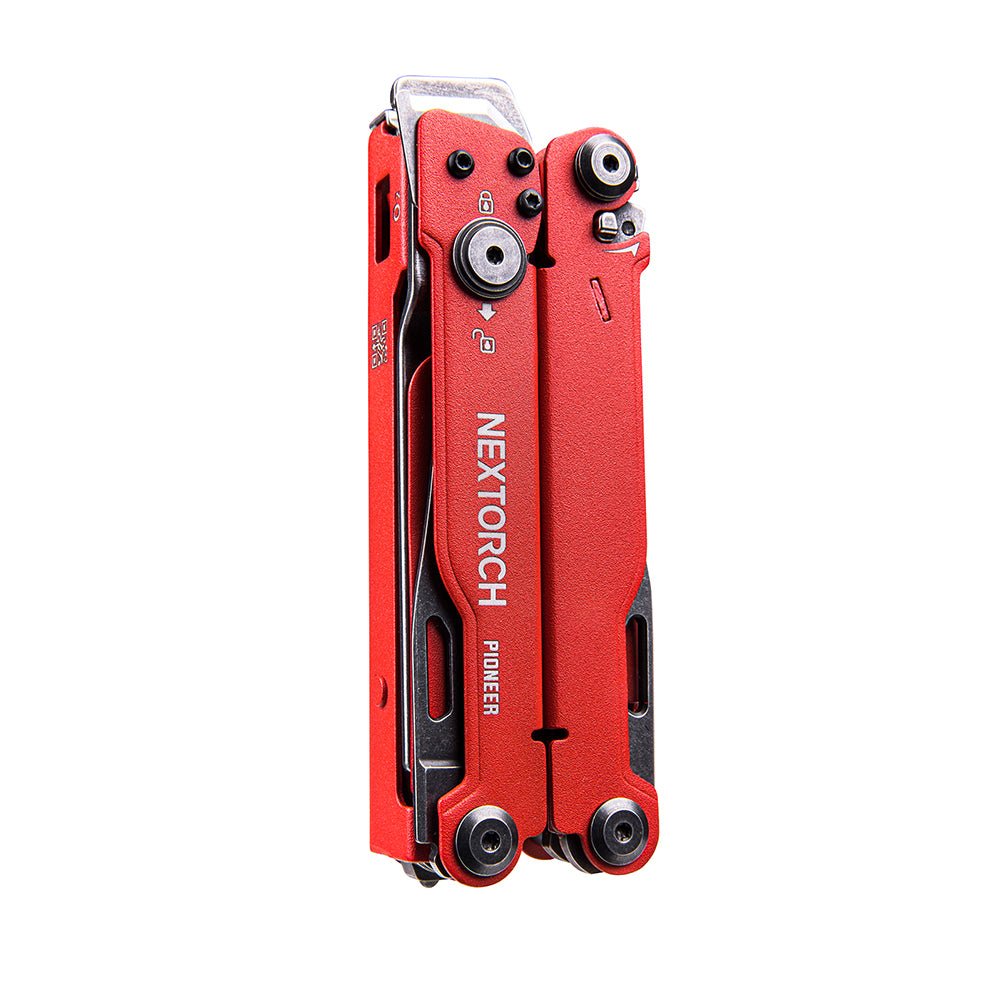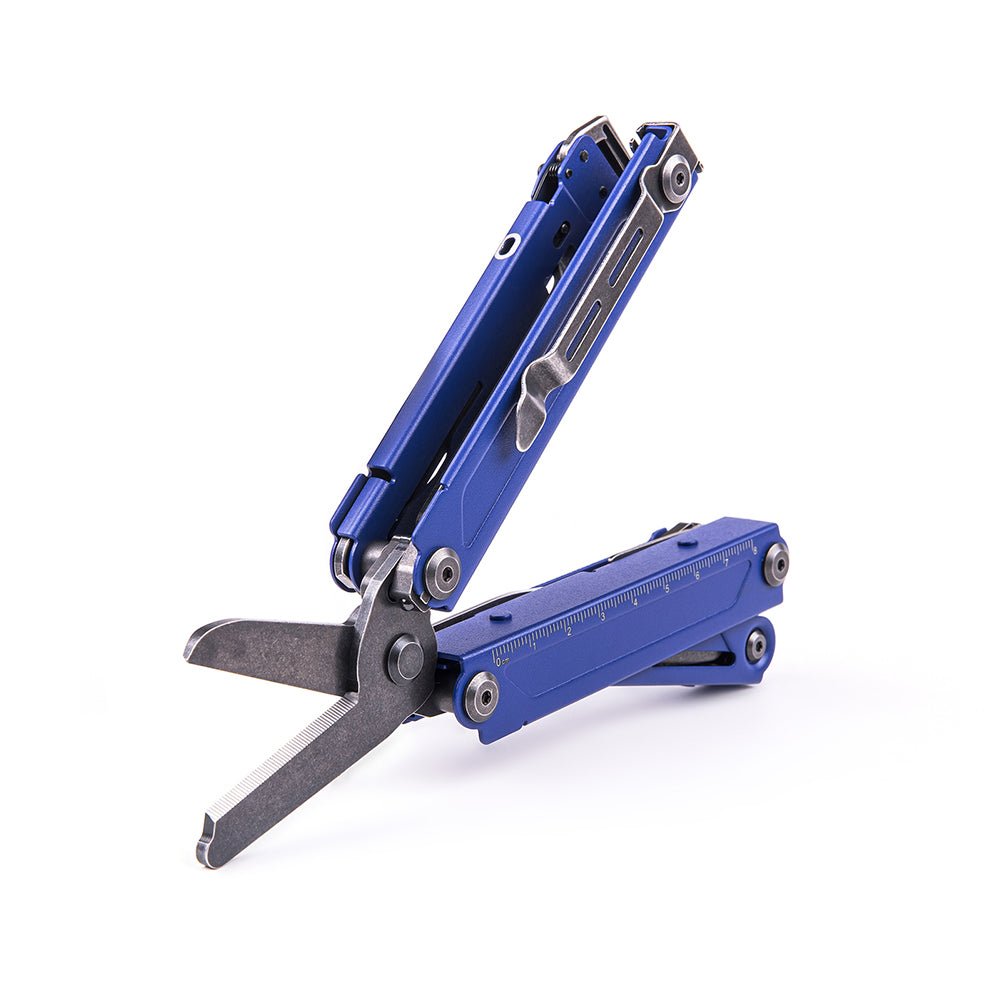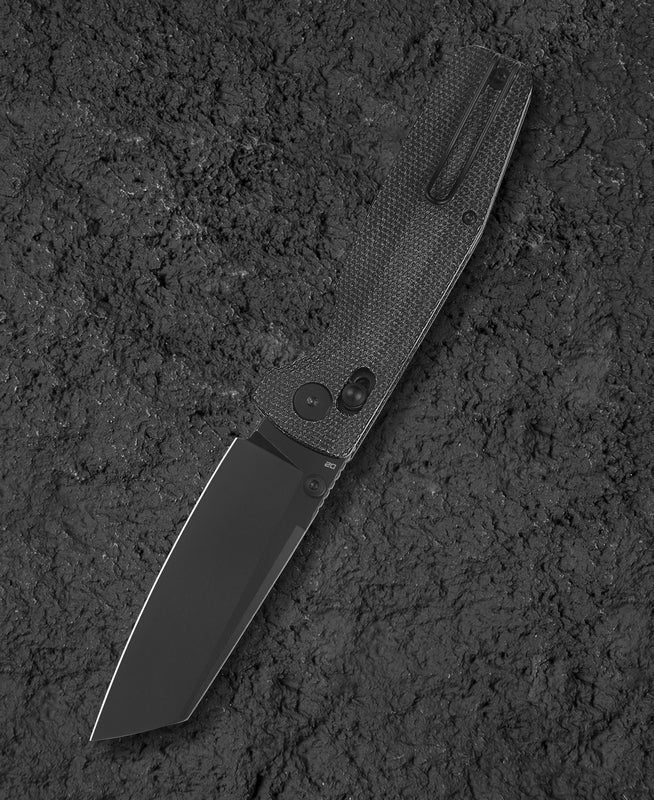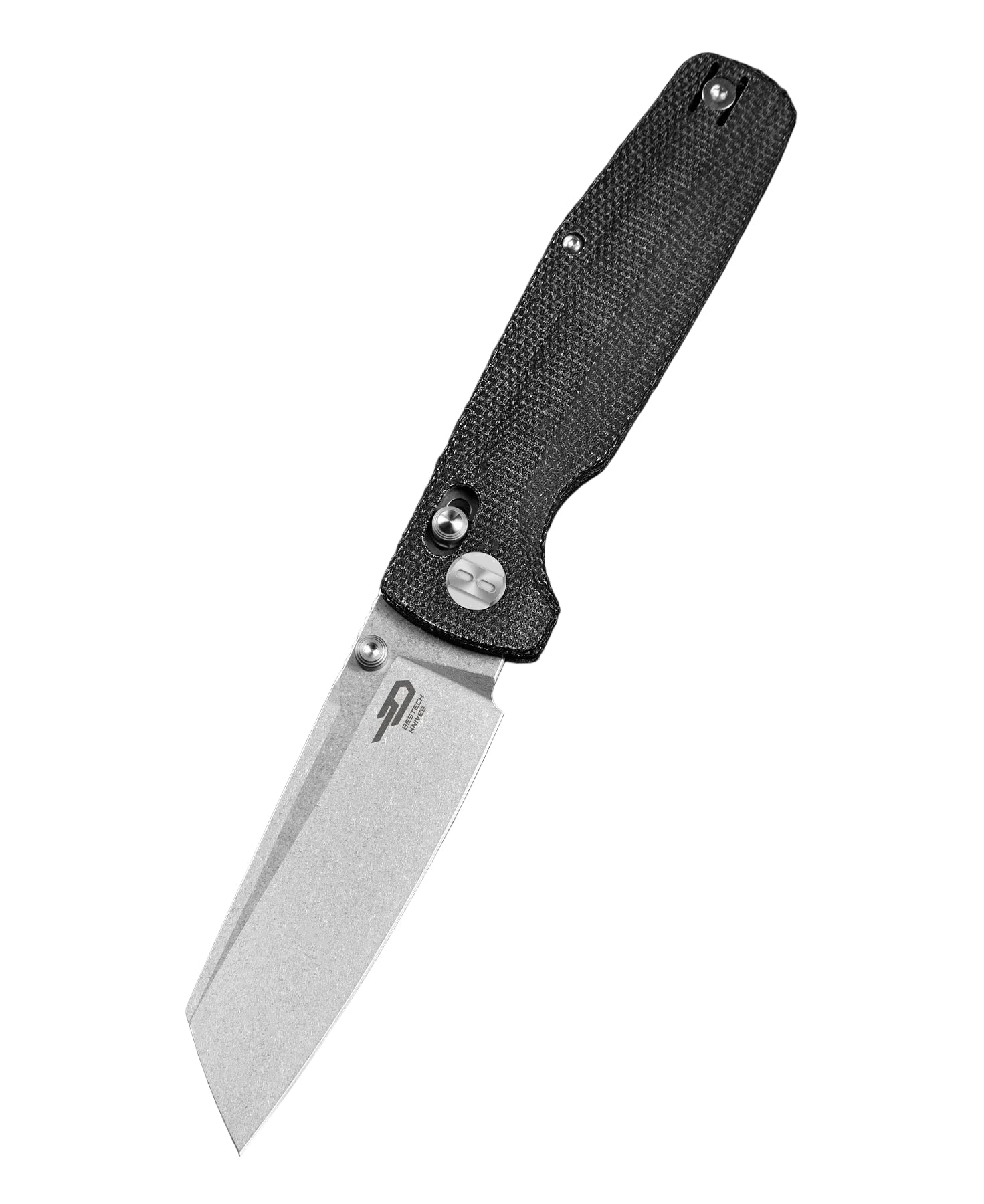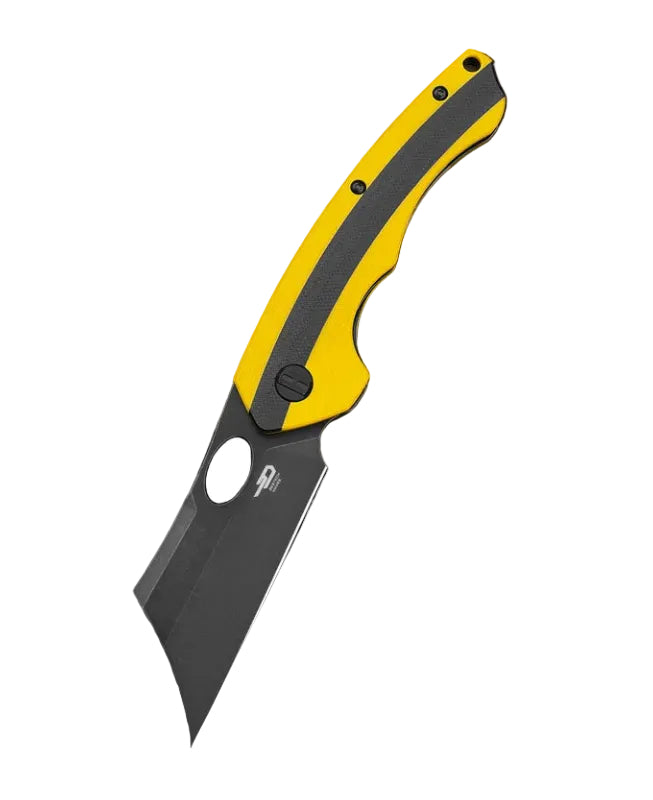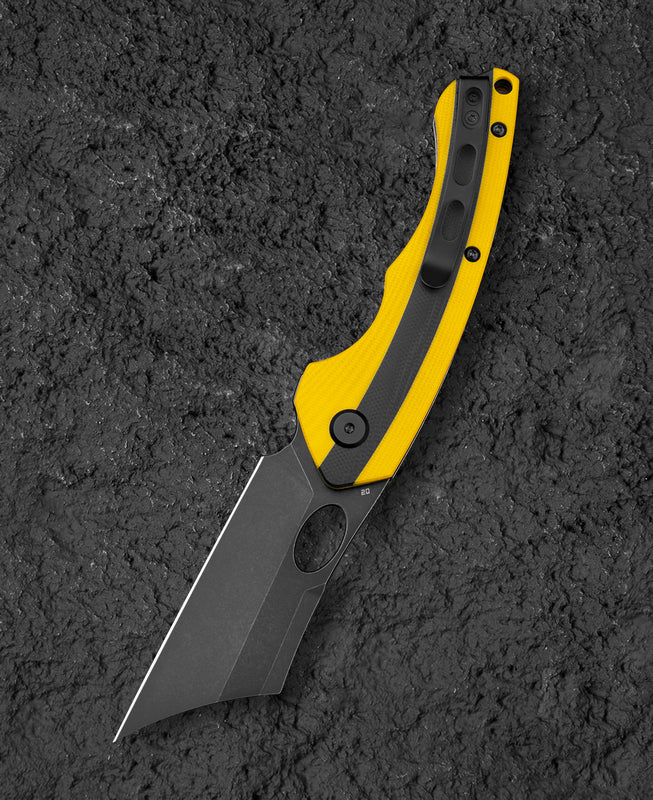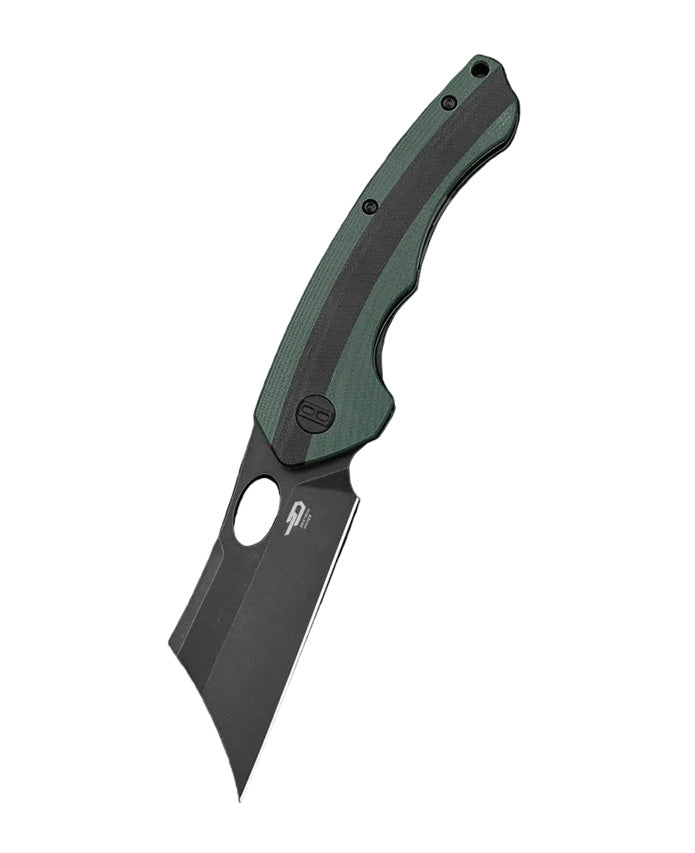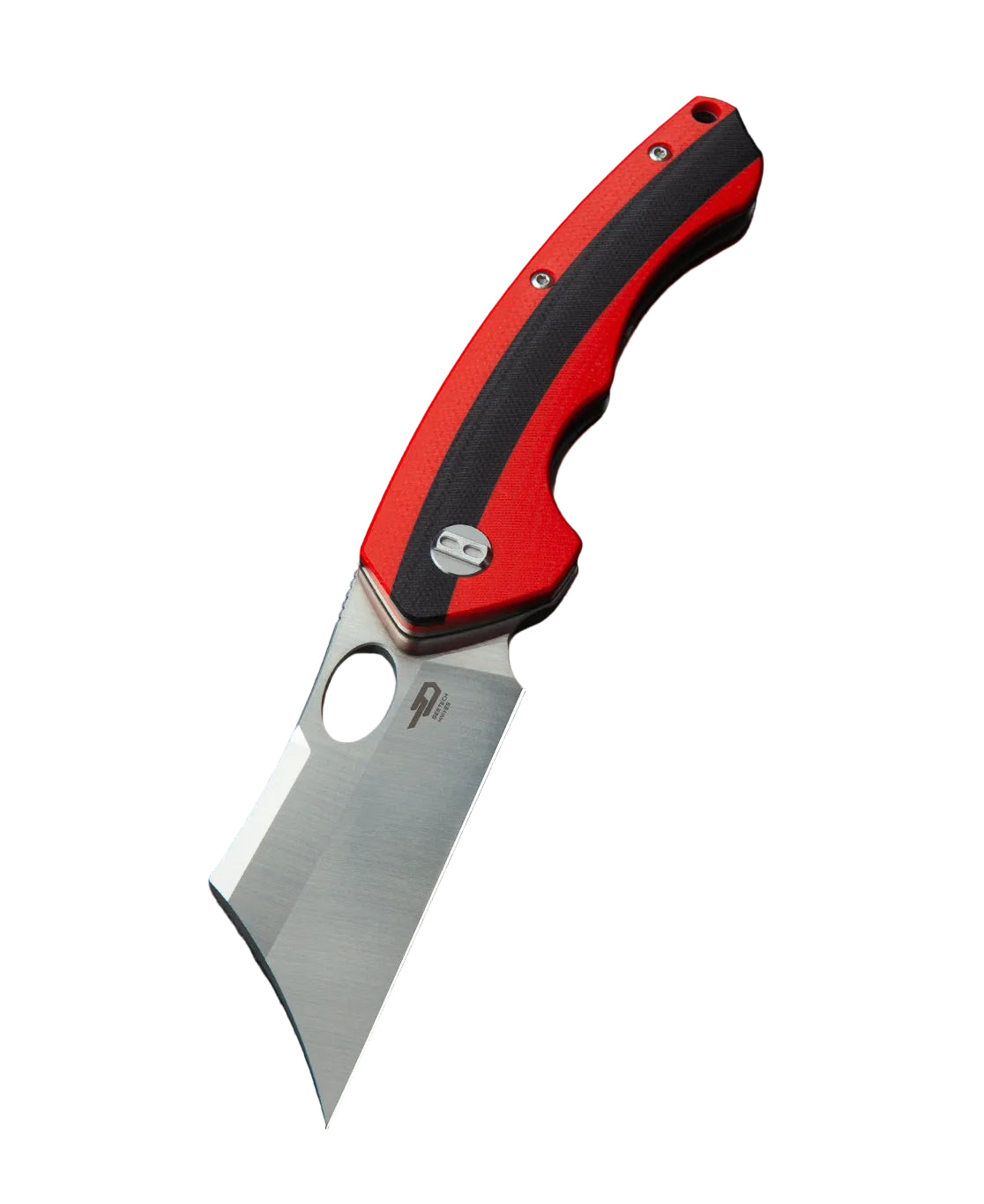When it comes to choosing the right steel for your project, the decision can be crucial. Two popular choices in the steel industry are 52100 and O1. But which one is better? Let's dive into the details to find out.
Composition and Properties
52100 is a high carbon, chromium alloy steel known for its high hardness and wear resistance. It is often used in bearings and other high-wear applications. On the other hand, O1 is a tool steel with high carbon and chromium content, offering good wear resistance and toughness. It is commonly used in tool and die making.
Hardness and Toughness
52100 steel has a higher hardness rating compared to O1 steel. It can reach a hardness of around 60-65 HRC, making it ideal for applications where wear resistance is crucial. O1 steel, while not as hard as 52100, offers better toughness, making it more suitable for applications that require impact resistance.
Corrosion Resistance
When it comes to corrosion resistance, O1 steel outperforms 52100. O1 steel contains more chromium, which enhances its resistance to corrosion. This makes O1 a better choice for applications where exposure to moisture or harsh environments is a concern.
Applications
52100 steel is commonly used in the manufacturing of bearings, automotive parts, and other high-wear components. Its high hardness and wear resistance make it a preferred choice for applications where durability is key. On the other hand, O1 steel is often used in tool and die making, blades, and cutting tools where toughness and edge retention are important factors.
Conclusion
In conclusion, the choice between 52100 and O1 steel ultimately depends on the specific requirements of your project. If you need high hardness and wear resistance, 52100 steel is the way to go. However, if you prioritize toughness and corrosion resistance, O1 steel may be the better option. Consider the properties of each steel carefully to make an informed decision for your next project.


